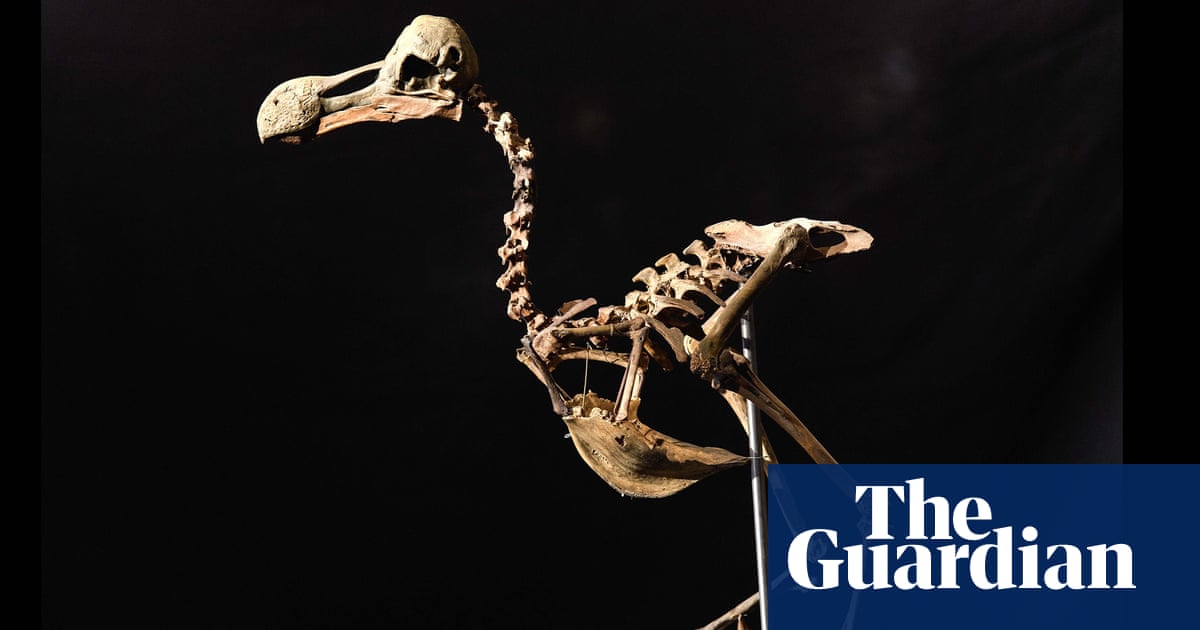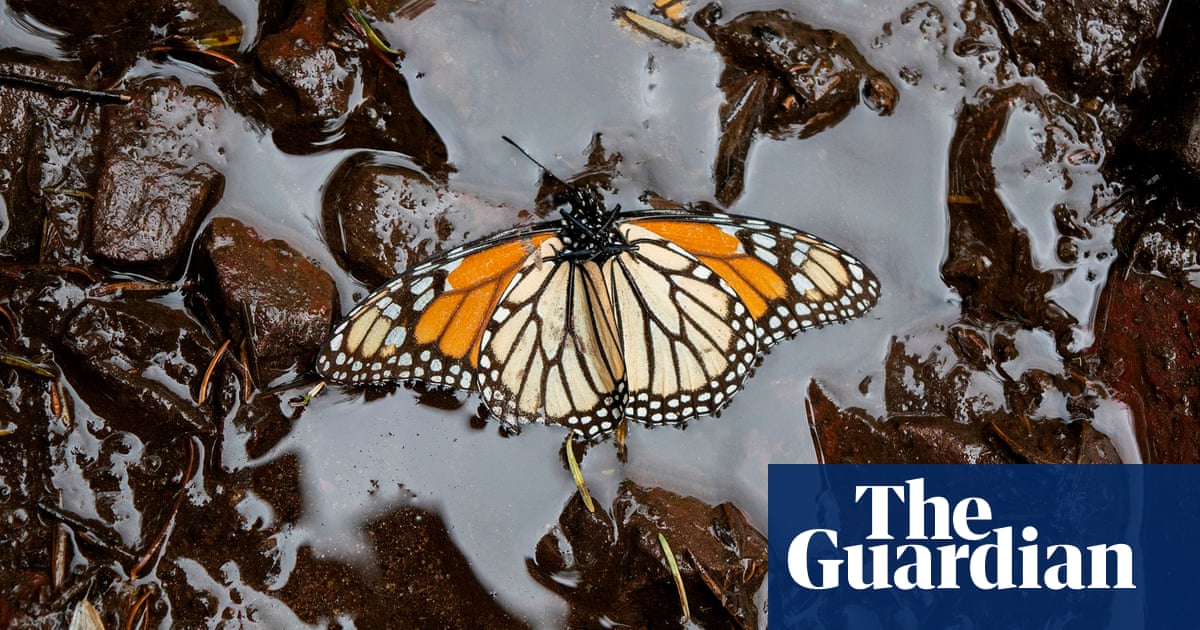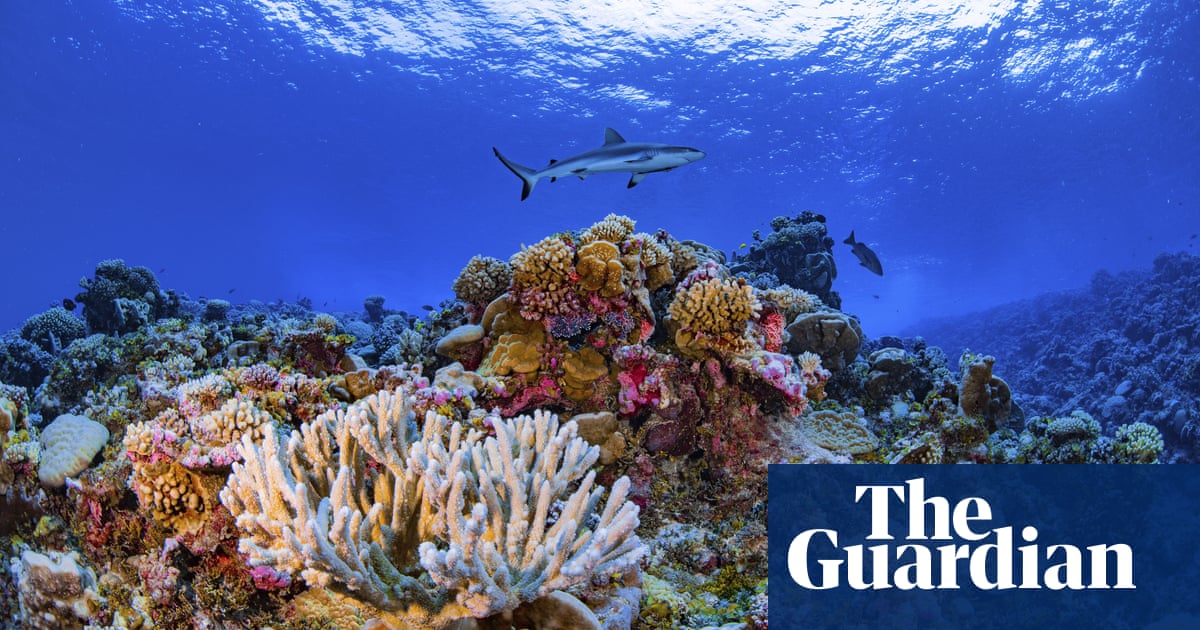
Plants and animals that do not have enough data to be properly assessed appear to be at twice the risk of extinction as those that have been evaluated, meaning more species may face being wiped off the planet than previously thought, a study has warned.
Researchers looked at the extinction risk of species assessed on the red list of endangered species and found that 56% of species in the data deficient (DD) category were threatened, compared with 28% of those that had been assessed.
A species is considered DD if there is not enough data on their distribution or population, and these species are “generally ignored” in studies analysing biodiversity impacts, researchers wrote in the paper, published in Communications Biology. The red list, which is created by the International Union for Conservation of Nature (IUCN), is used by governments to work out which species should be prioritised for conservation action.
The IUCN assesses more than 140,000 species based on criteria such as population size, trends and threats. There are 20,000 DD species on the red list and policymakers often consider them as being of least concern, but this study showed that a much higher proportion of these species are threatened. Researchers said that 85% of DD amphibians were at risk, as well as more than half of mammals, reptiles and insects.
Species might be DD because there are very few of them, sightings are rare or they could be cryptic species, making it difficult to estimate their population. To overcome these problems, researchers created an algorithm that predicted the probabilities of species being at risk of extinction based on key factors they did know, such as the global distribution of those species, climatic conditions, land use changes, pesticide use and threats from invasive species. Researchers ran the algorithm on DD species if their geographical distribution was known, which i twas for about 38% of them.
Some DD species with very high probabilities of being at risk included the Sierra Miahuatlan spikethumb frog, which has a 95% chance of being threatened with extinction, as does the Sholai night frog, and a Mexican fish called the Ajijic silverside.
Previous studies have looked at the extinction risk of DD species, but this is the most far-reaching, looking at 21 taxonomic groups – still “a tiny fraction of what exists in the world”, according to lead researcher Jan Borgelt of the Norwegian University of Science and Technology (NTNU).
Borgelt said: “Overall what is more striking is that across almost all land and coastal areas of the world, the average extinction risk would be higher if we took into account data deficient species.” If DD species were included, 33% of species on the red list would be threatened, as opposed to 28%, the algorithm predicted.
Central Africa, southern Asia and Madagascar are the regions with the greatest number of at-risk DD species, although researchers did not look at why this might be the case. As many as half of DD marine species living in coastal areas are at risk of extinction.
Prof Jane Hill from the University of York, who is also a trustee of the British Ecological Society, and was not involved in the research, said: “The study is important because the approach they use [machine learning methods] could be applied to many more species.”
About 18,000 invertebrates have been assessed for extinction on the red list, but 27% are DD. The rate of extinction in insects is eight times faster than that of birds, mammals and reptiles, according to analysis published last year, with known declines likely to be the “tip of the iceberg”. Research has shown that vertebrates get nearly 500 times more funding for each species than invertebrates, which are perceived as being less “charismatic”.
Hill said: “It has long been recognised that the IUCN red listing approach is focused on just a small proportion of all species on Earth, and that it needs to be more representative. So even though this study provides more information on DD species, we still know very little about most species on Earth.”
Some of the DD species under threat
One example where the algorithm could be used is with the newly recognised Rice’s whale, which scientists thought could be a species for almost a decade, although it took years to get official recognition. Now there are only about 50 of them left, in the area affected by the Deepwater Horizon oil spill, where there is a large amount of boat traffic and oil and gas extraction. There is no local outcry because no one knows it exists, says marine researcher Dr Chris Parsons from the University of Exeter, who believes the DD category should be given an “assume threatened” status. He said: “If immediate precautionary measures were put in years ago when they first suspected a new species, it could have forced research to be immediately conducted and set in motion emergency measures that might have stopped it from becoming critically endangered.”
Of 23 beaked whale species on the red list, seven are DD. They spend a lot of time below water (their dives can last three hours) and are hard to see in the wild, yet they are at risk from a number of threats including human-created noise pollution in the ocean which could be causing mass strandings. The data on beaked whales is so poor that the algorithm could not assess how at risk they are.
Indo-Pacific humpback dolphins in south-east Asia were considered DD for a long time so there was no funding and little interest in studying them. They are now considered “near threatened” and have become the official mascot of Hong Kong, as well as being listed under the US Endangered Species Act, which is helping international conservation efforts.












